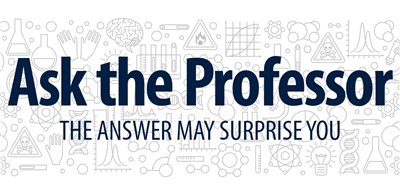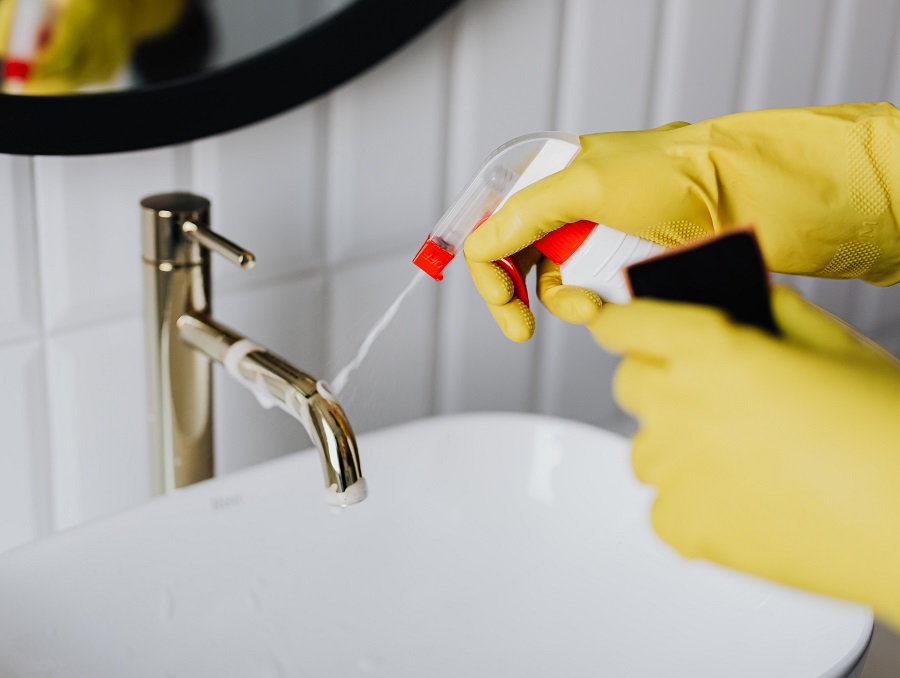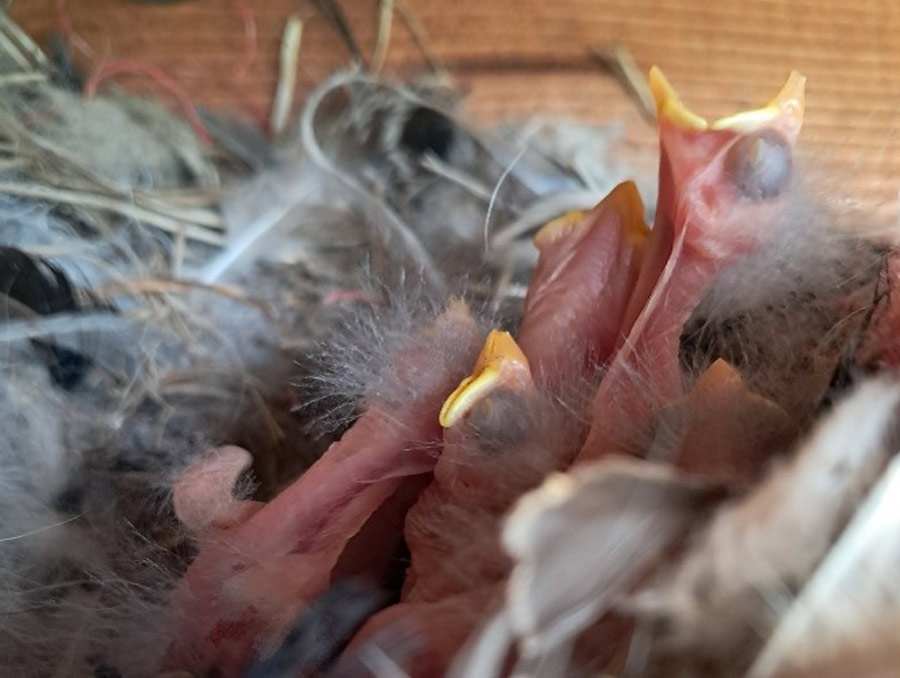
We get used to the new normal – sanitization – in the COVID-19 world. Every day, we apply various chemical disinfectants in our homes, offices and classrooms, aiming to kill the novel coronavirus on high-touch surfaces. The novel coronavirus has been found to remain viable on hard, non-porous surfaces for hours to even days. To date, the U.S. Environmental Protection Agency and regulatory agencies in other countries have published lists of recommended cleaning products for use against the virus. The virucidal ingredients in these products include alcohols, phenols, quaternary ammonium compounds (“quats”), and many others. You may be unfamiliar with the name “quats,” but if checking the labels of disinfecting sprays, hand sanitizers and sanitizing wipes in your homes, you would easily find the members of the quats family: benzalkonium chlorides, benzethonium chloride, alkyldimethylbenzyl ammonium chlorides, dodecyl dimethyl ammonium chlorides and so on.
Can these disinfecting chemicals be harmful to our health?
Probably. During the past decades, a growing number of scientists have linked some disinfecting chemicals with developmental and reproductive problems among animals in the laboratories. For instance, when intentionally feeding animals with high doses of quats, scientists observed increased rates of neural tube defects, infertility, and enzyme inhibition. While there has not been any evidence confirming a direct link between disinfectant use with toxicity in humans, toxicologists and health scientists call for more scrutiny of the safety of disinfectant chemicals.
Our homes are not labs, so we would be totally safe, right?
Before giving a definitive yes or no, let’s recall how we use cleaning products on hard surfaces at home: after use, most of us let the disinfected surfaces or objects air dried without wiping up excess disinfectants. In this situation, disinfectants would remain on the surfaces or objects all day long. When our kids climb on the disinfected table surfaces or countertops as if they conquered Mount Everest, or touch the disinfected toys, doorknobs and electronics, disinfectants stealthily migrate to the skin of their palms or fingers. The kids may then take in disinfectants when licking or biting their hands. According to our recent research on 22 disinfecting ingredients, such an unintended mouthing-mediated intake is not trivial: when disinfectants are used at full strength without dilution, the unintended mouthing-mediated intake is prevalently more than 2,000 times higher than intake through deliberate contact with disinfectants, such as skin absorption during handwashing. The unintended mouthing-mediated intake is less relevant for alcohols and phenols, as they can easily turn into gases and are ventilated out from the room. However, quats cannot easily change into gases and would stay on the surfaces for a long time if not wiped off. The unintended mouthing-mediated intake is particularly notable for kids because they are more frequent in licking palms, wiping mouth and sucking thumb than adults are. For instance, our recent study also shows that the intake of a 3-year-old kid is typically 55 times higher than that of an adult for some quats.
Is the intake risky for our kids?
Unfortunately, we do not have a conclusive answer at this moment. In a risk assessment, scientists usually compare the level of chemical intake with the minimum level of a chemical leading to a certain health outcome. Yet, scientists have not yet to reach a consensus regarding which health outcome should be used as the criterion in a risk assessment. In our recent work, we attempted to characterize the risks using two approaches in parallel. On the one hand, U.S. Environmental Protection Agency recommends the use of a concept called “ reference dose” to describe the minimum amount of a chemical posing “systemic toxicity” to the human body (this reference dose is derived from animal, not human, studies at this moment). If this criterion is applied, our assessment shows that around 40% of the 22 disinfectants studied in our work can be somewhat risky at the intake level of kids. Other scientists propose the use of cell studies to assess how toxic a chemical is to certain biological activities or functions of a cell. If this criterion is applied, our assessment shows that there is little risk for most disinfecting chemicals. However, no matter which criterion is used, triclosan, triclocarban and benzethonium chloride (one of the quats) would to some extent pose health risks to kids. Triclosan and triclocarban have been removed from the list of ingredients “generally recognized as safe (GRAS)” by the U.S. Food and Drug Administration, but they are still allowed to be used in other countries.
Then what do we need to do to protect our kids?
Of course, it is by no means wise or prudent to stop disinfecting your homes because the pandemic is the primary risk at this moment. However, we can still do something to prevent our kids to be overexposed to disinfectants. For instance, we may use disinfectants that tends to go into the air, instead of quats, for indoor surfaces with which kids are in frequent contact. Alcohols, e.g., 70% ethyl or isopropyl alcohol, may be an ideal option. We may also wipe up excess disinfectants after disinfecting surfaces accessible to kids. But keep in mind that before wiping off, we need to keep the surface wet for an appropriate “contact time” based on the manufacturer guideline to ensures disinfectants inactivate the pathogens.

Li Li, Ph.D.
Assistant Professor Li Li’s research focuses on developing, evaluating and applying computational models to describe how human-made chemicals reside, travel and change in human society, the environment and the human body. His work seeks to inform the environmentally sound management of potentially worrisome chemicals on the market.
Dr. Li's Health & Environment Assessment Team | @ModelerLi on Twitter

Dingsheng Li, Ph.D.
Assistant Professor Dingsheng Li’s research focuses on assessing human exposure to chemicals and resulting health risks with various models. He is also involved in the development of Life Cycle Impact Assessment. His goal is to highlight chemicals of health risks and provide insights to allocate resources to safeguard human health more efficiently.
Dingsheng Li, Ph.D. on LinkedIn | @fallentwo on Twitter











